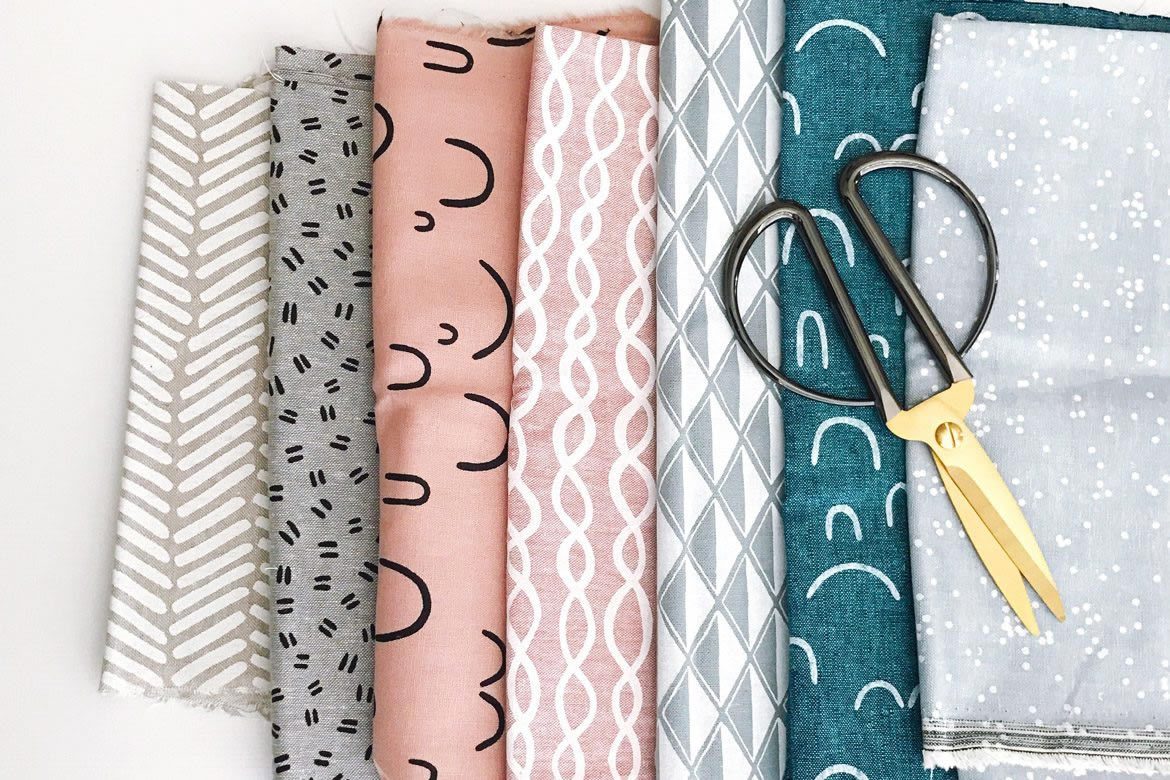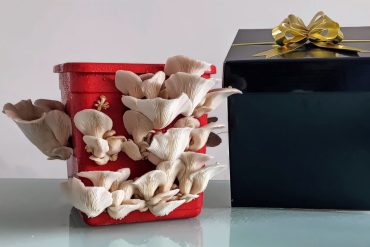By Lauren Keenan
I recently decided to harness my dormant domesticated goddess, and make my daughter a dress. I’ve not sewn a dress since the spangly-stretchy number I made my Barbie in the 1990s, so the idea of making another one is somewhat exciting. Besides, I grew up wearing home-made clothes: the whir of Mum’s sewing machine was a big part of my childhood, and I wanted my children to experience that too. So, off I went to buy some fabric, my head filled with scenes of my daughter frolicking around in the fruits of my labour.
Plus, I thought, perhaps sewing one dress is the perfect segue into living a life of domestic idyll, in manner of a 1950s housewife as viewed through the rosiest of rose-tinted spectacles. I’m sure you know about those spectacles – they’re the same ones many women use to self-flagellate after adding things like making food from scratch and handcrafting all of their children’s clothes to the already long list of Things Mothers Feel Guilty About For Not Doing. As if popping to the supermarket and buying a loaf of bread somehow means we love our children a little bit less than had we been up at dawn to make it ourselves.
It wasn’t until I’d fitted my smug and overgrown head back into the car that I realised that the cost of the fabric was more than the price of a lovely, new dress in the shop. And, that was in spite of the fabric being half price. It seems that while making clothes was once a necessity to save money, now it’s more of a luxury. My mum made us clothes because she had to. Nowadays, it’s far cheaper to pop online, or to the nearest shop filled with clothes made in an overseas sweat shop.
The 1945 Plunket book, Modern Mothercraft, is filled with tips on how to make clothes and food, and the entire back section is dedicated to recipes. This is a sharp contrast to the current Plunket manual, Thriving Under Five, which, while still filled with useful information, contains coupons to be redeemed at the supermarket rather than tips on how to make things yourself.











